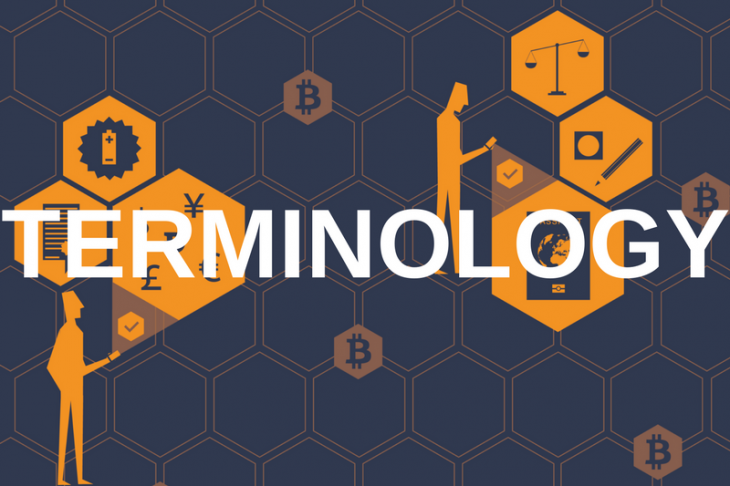
The main terminology of the crypto currency.
Cryptocurrency is a distributed and decentralized system for secure exchange and transfer of digital banknotes, based on cryptography.
Bitcoin (Bitcoin) is a peer-to-peer digital money system built on cryptographic algorithms. The unit of account in this system is called bitcoin, it is written with a lowercase letter, unlike the name of the money system, which is written with a capital letter. Bitcoin – the first mass crypto currency.
Altcoin is a common name for all crypto currencies offered as an alternative to bitcoin. Among them – Litecoin), Namecoin, Novacoin, etc.
Block – a list of checked transactions, which is added to the block as a result of mining. It is the basic element of the structure of the block. It consists of two parts – the Head and the Payload – the actual transaction records.
Block chain is a distributed register consisting of a chain of financial transaction blocks in which each subsequent block is cryptographically linked to the previous one. Includes peer-to-peer (P2P) networks, distributed data storage and cryptography.
There are three types of blockages: public, private and permissioned.
Double spending is an attempt to spend money twice. This happens when someone performs a financial transaction, and then makes a second deal with the same money.
Cryptography (from Greek – κρυπτός – hidden and γράφω – to write) – the science of methods of ensuring confidentiality (the impossibility of reading information to outsiders), the integrity of data (impossibility of imperceptible change of information) and authentication (verification of the authorship or other properties of the object).
Mining is a necessary and important process in the Bitcoin network and other crypto-currencies, as a result of which a new transaction block is added to the lock-up and coin emission occurs.
Pre-mining – the production of cryptonyms by the creator of crypto currency before the official announcement of its appearance. Allows the issuance of crypto currency before it enters the market. It is often used in fraudulent crypto-currencies, but not all of the pre-monetary coins are fraudulent.
Pool or Mining Pool is a gathering of miners who collectively release a block and then divide the reward received. Mining pools are a way to increase profitability while increasing the complexity of mining.
Token is a digital asset issued for the purpose of attracting investments in a crypto currency project or a company. A kind of crypto currency, but its properties are closer to shares or bonds. They are issued during the ICO and then traded on the crypto-exchange markets on a par with crypto-currencies.
Fork – creation of an alternative successful version of the chain of blocks. This can happen intentionally when a group of miners receives too much control over the network (see 51% attack), accidentally (simultaneous recording of new blocks by different miners or because of an error in the system), or purposefully, when the development team decides to present new functions in new version of the client program.
Fork is successful if it becomes the longest version of the chain of blocks in terms of complexity. In this case, the alternative branch of the block is rejected and becomes invalid.
Fork also refers to the modification of the software crypto-currency protocol, which creates two separate versions of the block-book with a common history.
Often fork is called a new crypto currency, which is built on the existing protocol. For example, litecoin (LTC) is the fork of bitcoin (BTC).
Cold storage or offline storage – in a broad sense – storing crypto currency without access to the Internet. In fact – the storage of private keys or seed on devices that do not have access to the Internet. For example, printed on paper. Implemented for security purposes.